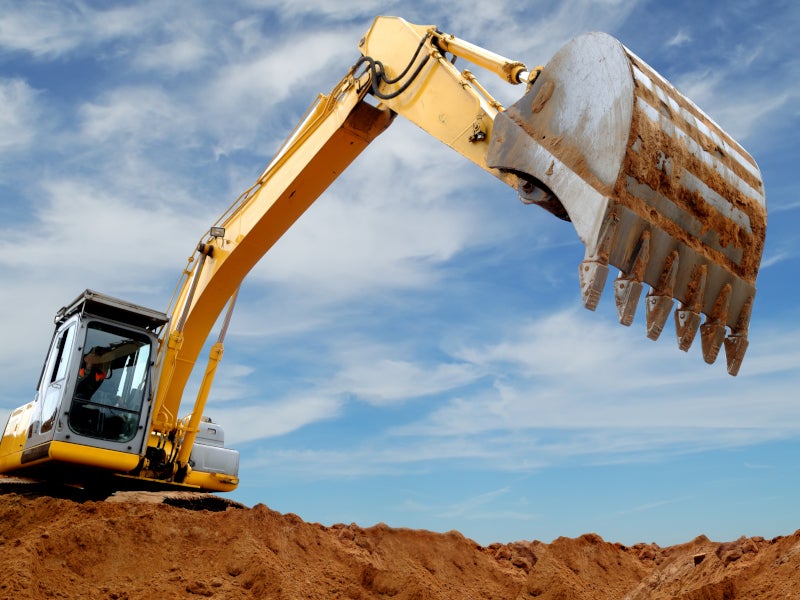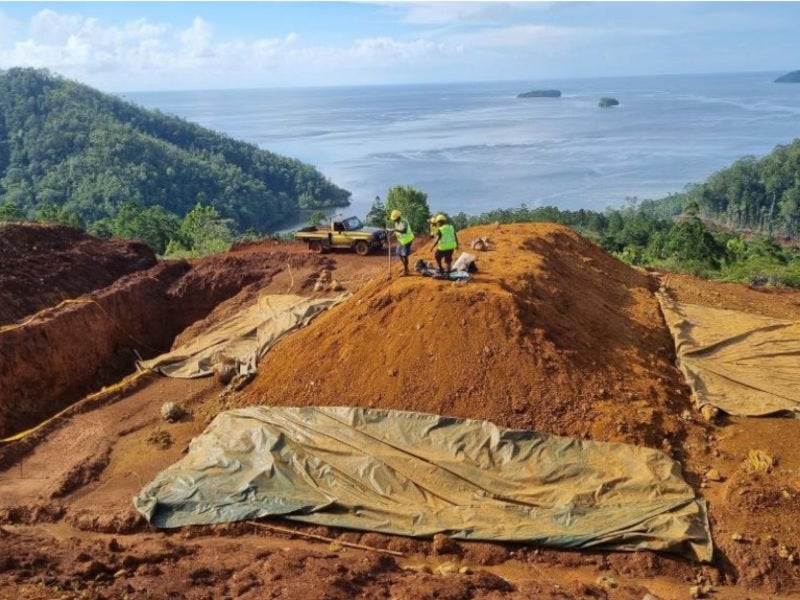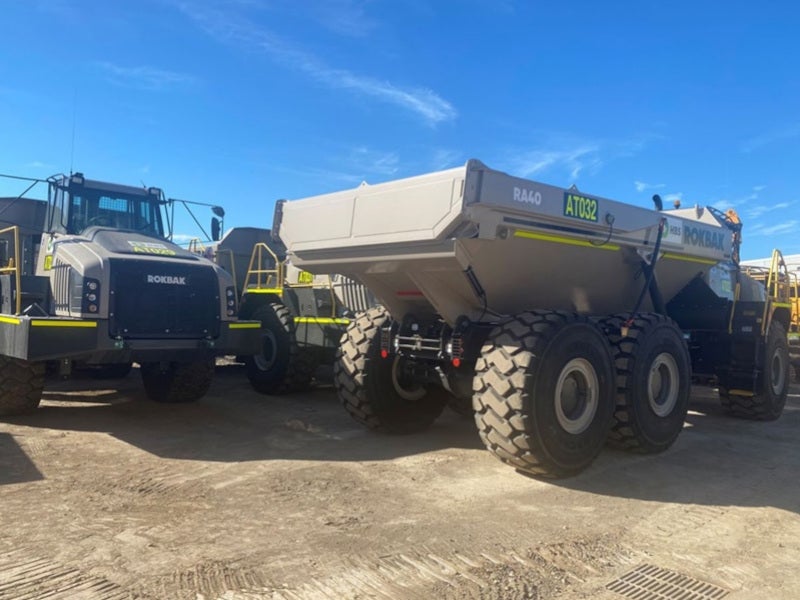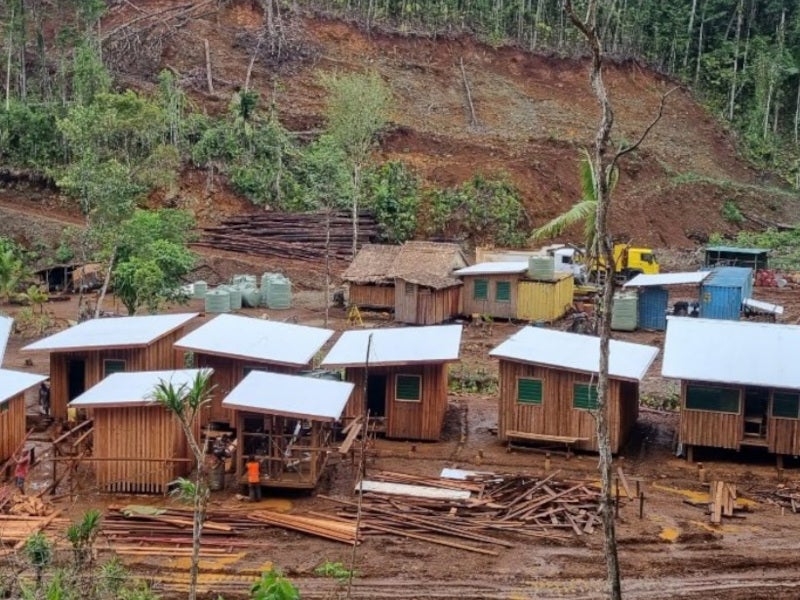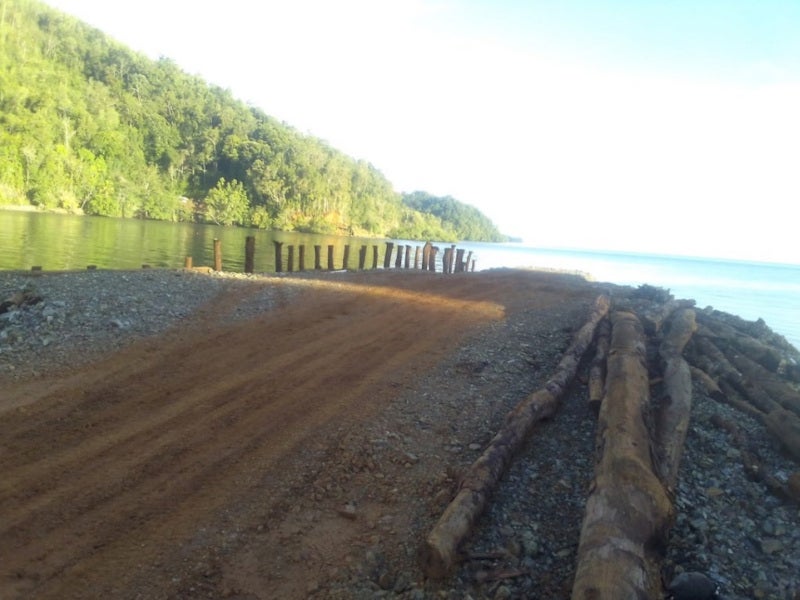The Kolosori nickel project is an open-pit mine being developed on Isabel Island of the Solomon Islands.
The property lies in the mining license ML 02/22, which is owned by Pacific Nickel Mines Kolosori (PNMK, 80%) and traditional landowners (20%). PNMK is a subsidiary of the Australian mining company Pacific Nickel Mines.
The scoping study for the project was completed in November 2021 while the required development consent was received from the Environment and Conservation Division of the Solomon Islands Ministry of Environment in December 2021.
PNMK secured the mining lease for the project from the Ministry of Mines, Energy and Rural Electrification in September 2022. The definitive feasibility study (DFS) for the project was announced in February 2023.
The direct shipping ore (DSO) nickel laterite project is estimated to have a mine life of six years. It is expected to require an initial investment of $21.3m.
Construction on the project commenced in August 2023, with operations expected to begin in October 2023. The mine is expected to produce approximately 1.5 million wet metric tonnes of DSO a year.
Project location
The Kolosori nickel project is located at the southern end of Isabel Island within the Solomon Islands, approximately 170km from the capital city of Honiara.
The project lies within the ML 02/22 mining license, which spans an area of 15.13km².
Geology and mineralisation
The Kolosori deposit features a wet tropical laterite profile formed through chemical weathering of ultramafic rocks. Nickel and cobalt enrichment at the deposit occurred through residual and supergene processes.
The nickel mineralisation is present in the form of a narrow layer ranging in thickness from 1m to 8m and overlaid by 1m-5m thick soil and limonite overburden. The ultramafic rocks comprise highly serpentinised harzburgite along with minor quantities of variably serpentinised dunite, wehrlite and pyroxenite.
Reserves
The proven and probable ore reserves at Kolosori are estimated to be 3.7 megatons (Mt) (wet) and 2.7Mt (dry) grading 1.6% nickel and 21% of iron, as of January 2023.
Mining method
The Kolosori nickel project will be mined using an open-pit strip mining method. Ten mining pits have been identified to the north of the loadout wharf to extract the ore. Mining will be carried out in multiple benches with width ranging between 10m and 50m. The topsoil will be stripped and backfilled to minimise soil erosion and maximise ore extraction.
Ore will be extracted using 30-ton (t) and 50t excavators and the mined ore will be transported by all-terrain articulated haul trucks. Another fleet of 20t long haul road dump trucks will move the ore to the stockpile.
A primary haul road links the mining pits to the port and stockpile area. The mining benches near the haul road will be mined first and then extended to the pit boundaries. Being a DSO mine, the project will not require any processing facilities.
The laterite ore at Kolosori contains moisture ranging between 20% and 40%. The mined ore will be transported directly to the barges and shipped if the moisture content is below the transportable moisture limit (TML).
The ore containing moisture content above the TML will be placed in the stockpile area designated for preshipment drying and storage.
The first set of equipment, comprising five RokBak 40t articulated dump trucks, two dozers, two Hyundai 50t excavators and one Hyundai 30t excavator, a service truck, and light vehicle and ancillary workshop containers arrived at the site in July 2023.
Infrastructure
The project involves the development of three types of roads including haul roads, pit access roads, and pit bench access roads. Haul roads are designed for large haul trucks and will have a total width from 12m to 15m while pit bench access roads will extend from pit access roads to reach mining benches.
Power will be delivered to the site by overhead lines while diesel gensets will also be used at the mining areas.
Raw water will be sourced from wells or rivers and pumped to water reservoirs or storage tanks. Potable water will be obtained through processing raw water using the reverse-osmosis process.
A 50-person construction camp will be developed for the initial mining works and a 200-man main operations camp will be developed for the mining operations themselves. The main camp will include a camp office, housing facilities, guest houses, mess hall, medical clinic, maintenance and services building, and other services.
A port facility to load the mined ore onto barges will be developed. It will include a timber wharf with mooring for three barges with a capacity of 55,000 dry-weight tonnage. It will also include tug fuelling storage, channel markers, cyclone moorings, and a hardstand area.
Financing and offtake agreement
Swiss mining company Glencore is providing a loan facility of $22m for the project.
The entire production from Kolosori will be taken by Glencore under an offtake agreement that was signed in June 2022.
Contractors involved
The DFS was prepared by Maxwell Energy and Resources, an engineering and project delivery services provider.
Australian Mine Design and Development, a mine planning and mine technical services provider, prepared the ore reserve estimates as part of the DFS.
Resindo Resources and Energy Group, a project engineering, project construction management, and operations delivery company based in Indonesia, was responsible for the engineering studies as part of the DFS.
Mining One Consultants, a mining, geotechnical, and geological consultant. developed the drilling and sampling programmes under the DFS.
HBS PNG, a mining contractor based in Papua New Guinea, was awarded the project services contract. The scope of the contract includes mining, earthworks, stockpiling and loading of barges.
PNMK signed a nickel ore transfer services agreement with shipowner Marinepia Shipping to supply vessels, including tugboats and barges, to transport ore.
INCO, Kaiser Engineering and Axiom Mining, a mining and exploration company, undertook historical exploration work for the project. INCO was responsible for sampling works, Kaiser for drilling programmes, and Axiom for diamond drilling programmes.
The environmental and social impact assessment for the project was prepared by natural resources consultant Ecological Solutions alongside Quantum 7.
Blackbird Commodity Partners, an independent financial advisor, was appointed as the corporate advisor for the financing of the Kolosori nickel project.

